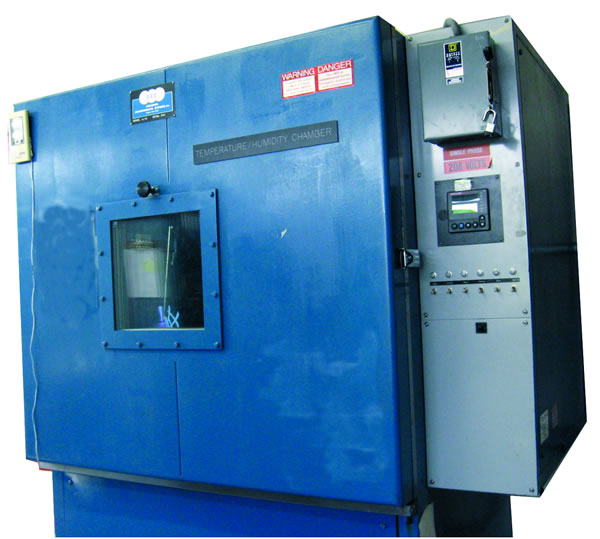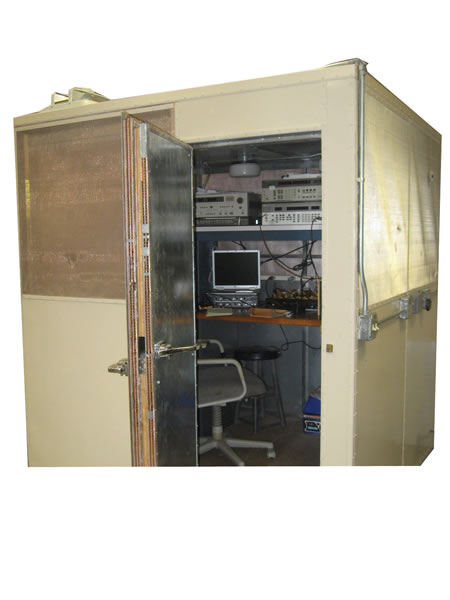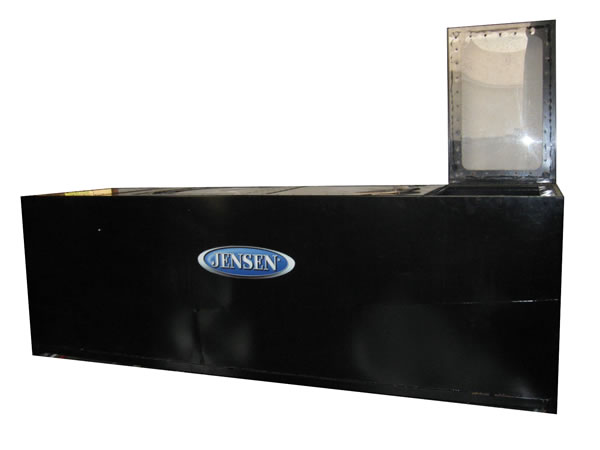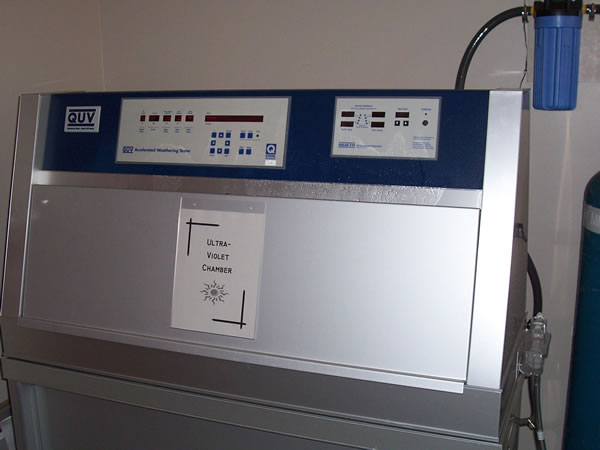 Loading... Please wait...
Loading... Please wait...Jensen/Voyager
Why Jensen/Voyager?
We aren't the stay at home type at JENSEN & Voyager and as an RVer, neither are you.
That's why we are a perfect fit.
Our hands on Engineering Research and Development team builds quality into our JENSEN & Voyager products from the beginning by expertly designing each product from the ground up and validating all designs through extensive testing that is primarily conducted in our own on-site test lab. Therefore, JENSEN Audio & Video products and Voyager Camera Systems offer MORE durability and performance than you would expect from standard automotive electronics.
Some of the exclusive engineering tests that we perform on our products include the following:
- High/Low Operating Temperature: Long-Duration product exposure to operational temperature extremes and rapid temperature cycles that are experienced in outdoor mobile applications. In addition we test for High humidity introduced at high-temp to test effectiveness of circuit corrosion protection (conformal coating).
- Temperature/Vibration Chamber: Long-Duration product exposure to constant random-frequency operational vibration and non-operational vibration to simulate rugged road conditions. Simultaneous temperature cycle and vibration exposure are also conducted for additional data that is relevant to detecting potential material/component weaknesses and calculating product life-expectancy.
- High/Low Storage Temperature: Ensures your JENSEN products will perform even after prolonged periods of storage with no power in extreme hot or cold temperatures.
- UV/Salt Fog Corrosive Exposure Chamber: Exterior components are subjected to accelerated UV exposure that equates to 5-7 years of actual outdoor exposure to assure you that your electronics will look great for many years. In addition, product and product components are subjected to dry/wet cycles of highly corrosive fog/mist to test for corrosion resistance and corrosion protection effectiveness.
- RF Performance Testing: RF performance is central to the user experience for many of our products. The RF Performance test ensures that our products keep clean signals in and the bad signals out, so that users are always left with a steady signal without outside interference. We not only test for high level RF performance during product design, but we also take a random sampling from each production lot and test it to ensure performance consistency. A battery of over 80 performance tests are conducted to analyze and validate RF and audio performance.
- Electrostatic Discharge: The last thing you need is for your radio to quit due to accidental static shock. That’s why our products go through the extensive Electrostatic Discharge Test on all exposed control areas as well as I/O connections so they can withstand the most severe static build up. Shocking, isn’t it?
- Load Dump: Severe electrical environments are relatively common mobile applications. We understand these environments and what it takes to protect electronics that will be exposed to them. That’s why all of our products include specific and significant front-end circuit protection and filtering that is proven to withstand the toughest electrical environments. The Load Dump Tests puts destructive pulses (spikes) to simulate the sudden disconnection of the battery from the alternator while the alternator is generating current to load the battery. Such Load Dump pulses are high energy pulses with a high potential of destruction ensuring that our electronics are protected.
- Reverse Polarity: The Reverse Polarity test uses a car battery to test durability of the product when the (+) and (–) cables are accidentally reversed.
- Inductive Load Switching: Tests product well above and below the average waveform to ensure that it can withstand the extreme fluctuations.
- Power Line Noise Rejection: Test throws noise onto the signal and simulates product reaction to alternator whine.
- Simulated Crank Start Voltage: Used to test electronics depreciation and altercations when vehicle is turned on.
- High/Low Operating Voltage Test: Both tests used to ensure electronics consistency when vehicle battery goes below or above the normal 12V. Product must remain operational throughout the test.
- Shorted I/O: Ensures that product will function when inputs and outputs are connected improperly to the product.
- Temperature Cycle: Used to ensure powered components withstand temperature fluctuations.
- High-Pressure Spray: Subjects externally mounted products to high pressure water by blasting the product with 13,000 lbs. of water pressure as close as 6 inches to the product.
- DC Voltage Overstress: Uses a power supply, applies 18 VDC for 5 minutes. For Heavy Duty products: Applies 24 VDC for 5 minutes to simulate a vehicle that is jumpstarted.
- Pushbutton/Hinge/Mechanism Durability Cycle: Life cycle robotic testing of all buttons and hinge mechanism for durability.
 |
 |
 |
 |
 |


